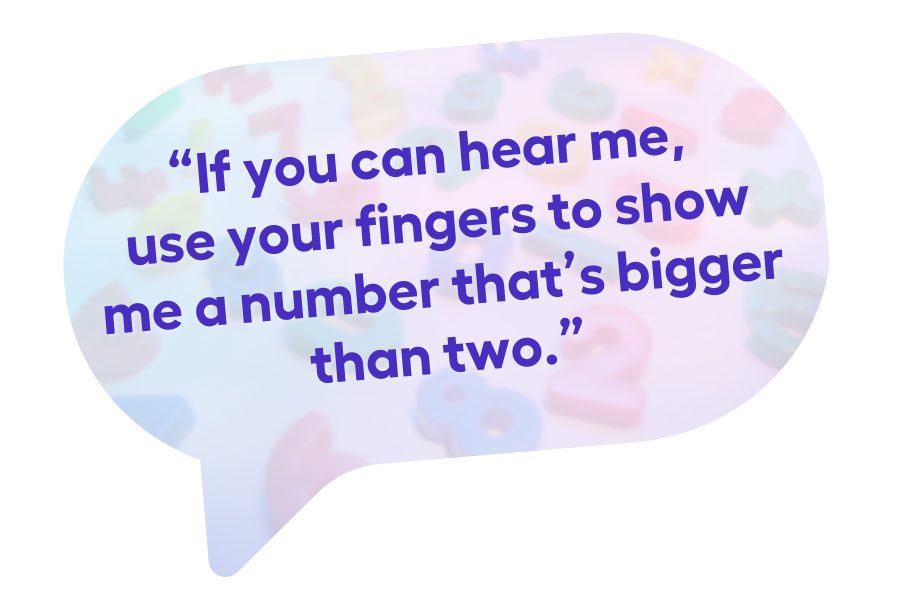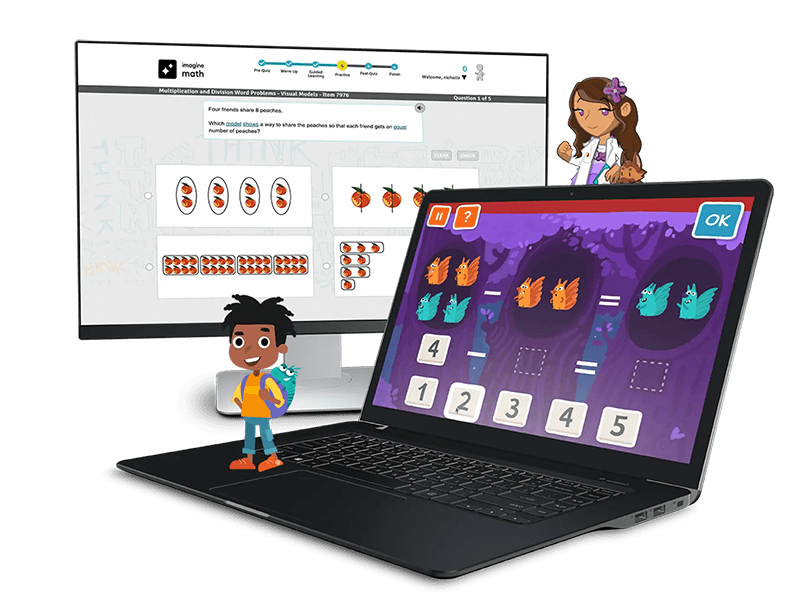1. Have dedicated math time and incorporate math throughout the day
In a practice guide based on an analysis of several studies, the Institute of Education Sciences recommends devoting a set amount of time each day for math instruction coupled with connecting math to other activities throughout the day.
This first part probably feels like a no-brainer: of course a classroom (or a secondary class schedule) would have dedicated math time each day. But that’s the best part! Check that off the list as an evidence-based strategy students are receiving each day.

It’s a little trickier to incorporate math throughout the day. Like writing across all subjects, it makes sense to reinforce math concepts when they come up naturally in other activities. But how?
Stanford’s Development and Research in Early Mathematics Education (DREME) suggests that “math learning can occur throughout the day by integrating math into classroom transitions and routines.” For example, elementary teachers can try using prompts about numbers to get students’ attention. “If you can hear me, use your fingers to show me a number that’s bigger than two.” Or for older students: “If you can hear me, use your fingers to show me a number that’s the square root of 25.”

